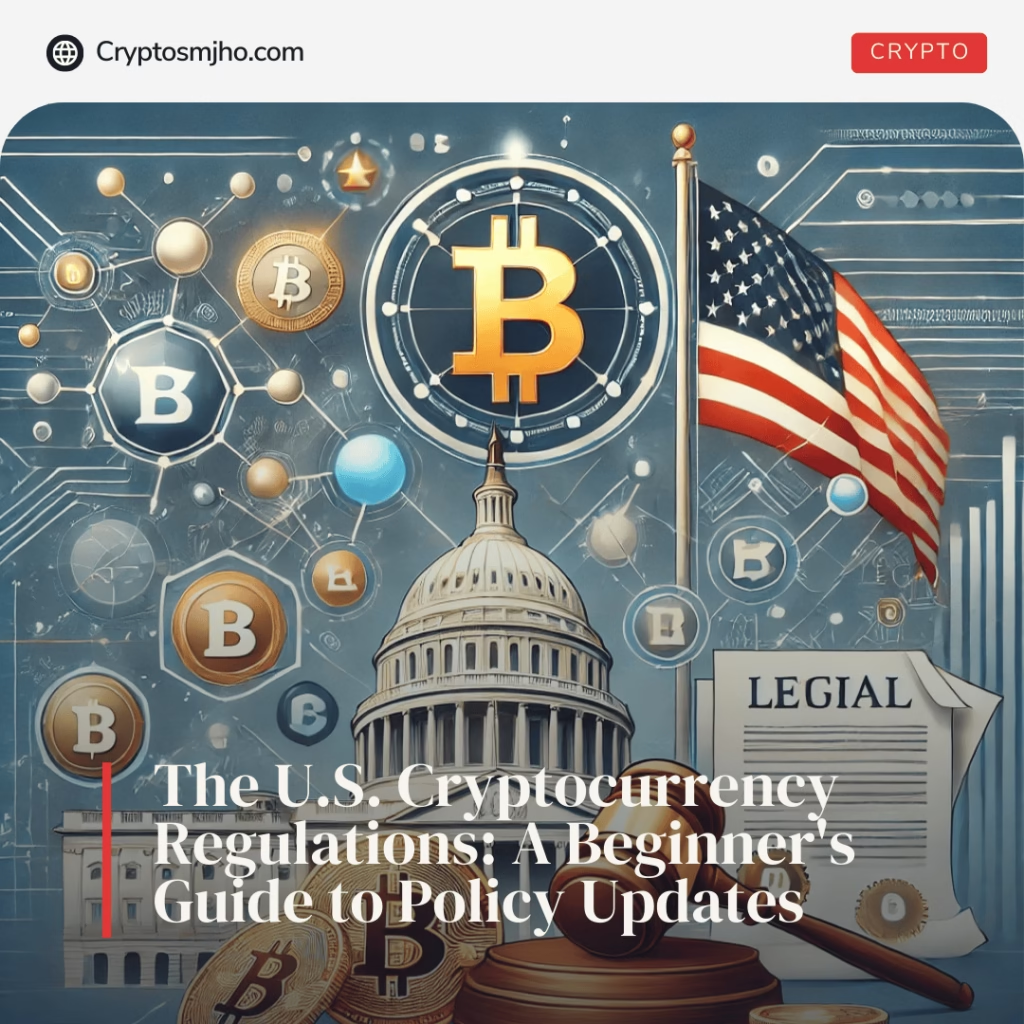Real-World Asset Tokenization is revolutionizing how we trade and invest in physical assets like real estate, art, and commodities. Discover how tokenization unlocks liquidity and enhances transparency.
- Introduction
- What Is Real-World Asset Tokenization?
- Which Real-World Assets Are Being Tokenized?
- Examples of Tokenization in the Real World
- How Does Asset Tokenization Work?
- Benefits of Real-World Asset Tokenization
- Challenges in Real-World Asset Tokenization
- The Future of Real-World Asset Tokenization
- FAQs
- Conclusion
Introduction
The digital revolution continues to reshape the financial landscape, with Real-World Asset Tokenization emerging as a transformative concept. Tokenization bridges the gap between physical assets and blockchain technology, enabling these assets to be converted into digital tokens that can be traded on decentralized platforms.
From real estate to art and precious metals, tokenization offers enhanced liquidity, transparency, and fractional ownership. But what does this mean for industries, investors, and the economy? This article explores Real-World Asset Tokenization in depth, addressing its applications, examples, and future potential.
What Is Real-World Asset Tokenization?
Real-World Asset Tokenization refers to the process of creating digital tokens that represent ownership or rights to a physical asset. These tokens are stored and traded on blockchain networks, providing a secure and transparent way to manage and exchange tangible assets.
By tokenizing an asset, owners can unlock its value, allow fractional ownership, and broaden its accessibility to a global audience.
Which Real-World Assets Are Being Tokenized?
Tokenization is applicable across a wide range of asset classes, including:
- Real Estate: Properties, both residential and commercial, are increasingly tokenized to allow fractional ownership.
- Artwork and Collectibles: High-value art pieces and rare collectibles are being digitized for shared ownership.
- Commodities: Precious metals like gold, silver, and even oil can be tokenized for easier trading.
- Intellectual Property (IP): Rights to music, films, patents, and other IP can be tokenized, providing creators with new revenue streams.
- Infrastructure Projects: Large-scale projects such as roads, bridges, or energy plants can be tokenized to attract diverse investors.
Examples of Tokenization in the Real World
Tokenization is no longer theoretical; real-world applications are making waves:
- Real Estate Tokenization:
An example is St. Regis Aspen Resort, a luxury hotel in Colorado, which issued tokens representing fractional ownership of the property. This allowed smaller investors to partake in a traditionally exclusive market. - Art Tokenization:
The famous painting “The Night Watch” by Rembrandt was tokenized, enabling art enthusiasts to own a fraction of this masterpiece. Platforms like Maecenas are pioneering such efforts. - Gold Tokenization:
Companies like Paxos offer PAX Gold (PAXG), a token backed by physical gold. Each token represents one fine troy ounce of gold stored in professional vaults.
How Does Asset Tokenization Work?
The tokenization process typically involves:
- Asset Identification: Determining the asset to be tokenized, ensuring legal and regulatory compliance.
- Smart Contract Creation: Designing smart contracts that define ownership rights, transaction rules, and asset details.
- Token Issuance: Digital tokens are created on a blockchain platform, representing shares of the asset.
- Trading and Ownership: Tokens are traded on blockchain-based marketplaces, ensuring transparency and security.
Benefits of Real-World Asset Tokenization
- Increased Liquidity: Tokenization enables assets like real estate, which are traditionally illiquid, to be traded more easily.
- Fractional Ownership: Investors can purchase a fraction of an asset, making high-value investments more accessible.
- Transparency: Blockchain technology ensures that all transactions are recorded and verifiable.
- Cost Efficiency: Reduces intermediaries and associated fees in transactions.
- Global Accessibility: Tokenized assets can attract investors from around the world.
Challenges in Real-World Asset Tokenization
While promising, tokenization faces hurdles, including:
- Regulatory Uncertainty: Differing laws across jurisdictions create challenges for tokenized assets.
- Technological Barriers: Blockchain scalability and interoperability remain concerns.
- Investor Education: Many potential investors lack an understanding of tokenization and its benefits.
- Valuation and Pricing: Establishing the true value of a tokenized asset can be complex.
The Future of Real-World Asset Tokenization
The adoption of Real-World Asset Tokenization is expected to grow as blockchain technology matures and regulations become clearer. Innovations in decentralized finance (DeFi) and non-fungible tokens (NFTs) are likely to intersect with tokenization, opening new avenues for investment and ownership.
FAQs
Which Real-World Assets Are Being Tokenized?
From real estate to art, commodities, and intellectual property, a diverse range of assets is being tokenized to enhance accessibility and liquidity.
What Is an Example of Tokenization in the Real World?
A prime example is the tokenization of the St. Regis Aspen Resort, which allowed fractional ownership through blockchain-based tokens.
What Is an Example of Asset Tokenization?
PAX Gold (PAXG), a token backed by physical gold, demonstrates how precious metals can be tokenized for easier trade and ownership.
Learn More About Asset Tokenization
US crypto regulation
Conclusion
Real-World Asset Tokenization represents a paradigm shift in how we perceive and trade physical assets. By leveraging blockchain technology, tokenization democratizes access to investments, enhances liquidity, and introduces unparalleled transparency.
As the digital economy evolves, the integration of tokenized assets into mainstream finance will redefine ownership, investment, and economic participation.
For those seeking to explore the future of finance, the world of tokenized assets offers endless possibilities.



